The Winter Solstice, a celestial event steeped in astronomical significance and rich cultural heritage, marks the shortest day and the longest night of the year. Since ancient times, this natural phenomenon has captivated human imagination, inspiring myths, rituals, and celebrations across various cultures. As the Earth tilts away from the sun, this pivotal moment heralds the onset of winter in the Northern Hemisphere, offering a unique interplay of darkness and light. This article delves into the multifaceted aspects of the Winter Solstice, exploring its astronomical essence, cultural festivities, mythological connections, and more, shedding light on why this natural rhythm of the Earth continues to fascinate and inspire.
Contents
The Astronomical Phenomenon of Winter Solstice
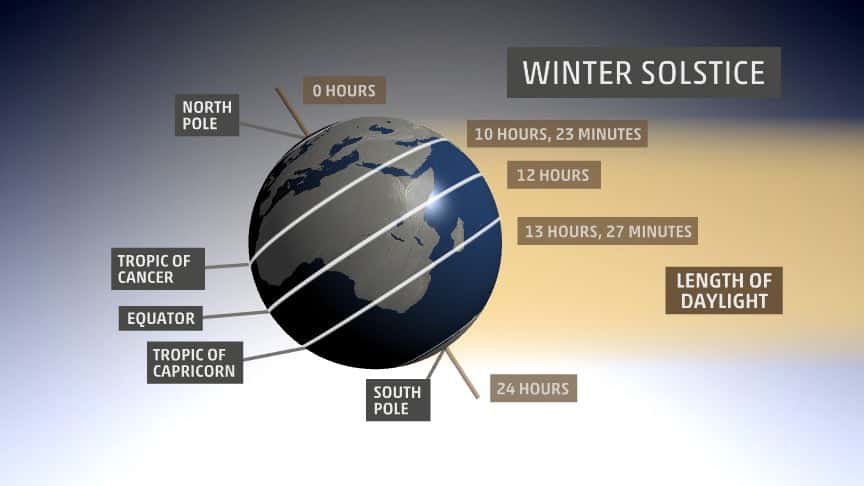
The Winter Solstice is an astronomical event when the Earth’s axial tilt is farthest from the sun. This tilt results in the shortest day and the longest night of the year, typically around December 21st in the Northern Hemisphere. The solstice is a key turning point in the calendar and a critical marker for astronomical studies, helping scientists understand the Earth’s rotation and orbital patterns.
While the Winter Solstice is a singular moment, its effects are observed over several days. This period marks a transition, as the days gradually lengthen again, signaling the slow march towards spring. This shift plays a crucial role in determining the changing seasons, affecting everything from weather patterns to the behavior of flora and fauna.
Cultural Celebrations and Traditions
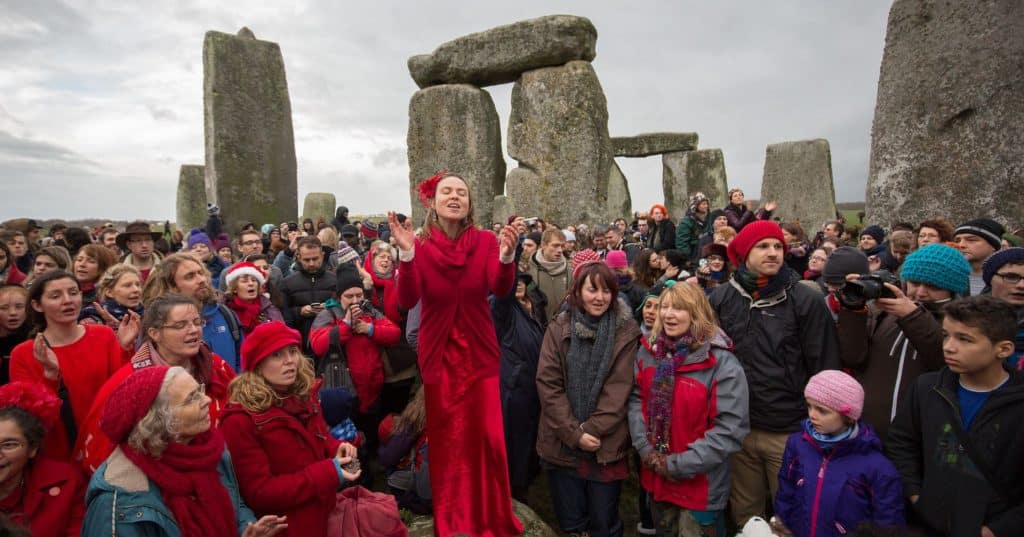
Cultures worldwide have celebrated the Winter Solstice for millennia, each adding its unique flavor to the festivities. In Europe, the ancient festival of Yule marks this time with log burning and feasting, symbolizing the warmth and light returning to the world. In China, the Dongzhi Festival is celebrated with family gatherings and the sharing of tangyuan, symbolizing reunion and prosperity.
These celebrations often share light, rebirth, and renewal themes, reflecting the solstice’s symbolism of the triumph of light over darkness. Communities come together to partake in rituals and traditions, which range from lighting candles and bonfires to singing and dancing, all commemorating the return of longer days.
Winter Solstice in Mythology and Folklore
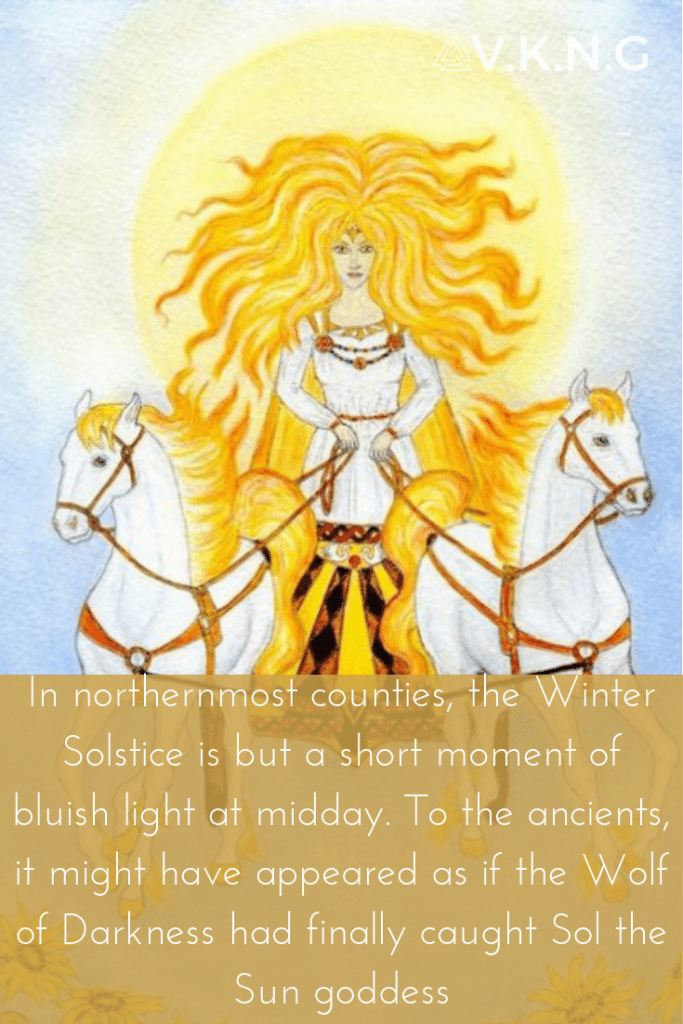
The Winter Solstice is deeply rooted in mythology and folklore, often associated with sun deities and symbols of rebirth. In Norse mythology, the solstice is linked to the sun goddess Sol, who brings back the sun after a long winter. Similarly, in Roman tradition, the festival of Saturnalia celebrated the god Saturn with feasting and gift-giving, coinciding with the solstice period.
These mythological stories often emphasize themes of hope, renewal, and the cyclical nature of life. They have been passed down through generations, influencing how we understand and celebrate the solstice today. The enduring power of these myths highlights their significance in human culture and their ability to connect us with our ancient past.
Natural World and the Winter Solstice
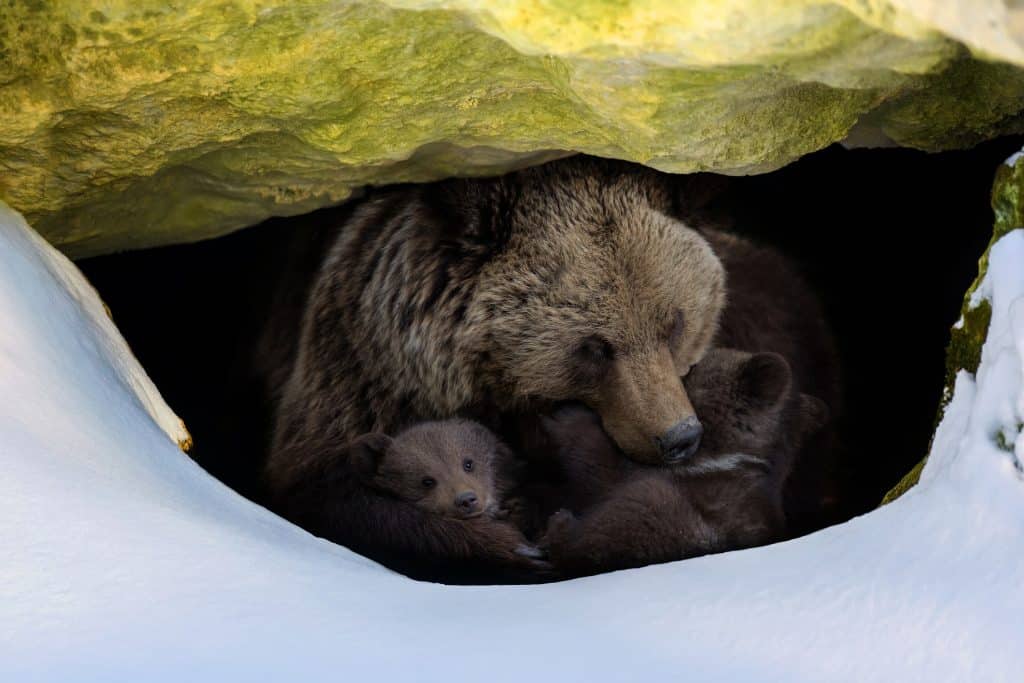
The Winter Solstice has a profound impact on the natural world. Animals often respond to shorter days and longer nights with changes in behavior, such as hibernation or migration. This period is crucial for many species as they adapt to the harsher winter conditions.
Plants, too, are affected by the reduced sunlight, with many entering a dormant state. This rest period is vital for their survival, as it conserves energy until the more favorable conditions of spring. The solstice also marks an important time for agriculture, historically signaling farmers to prepare for the upcoming growing season.
Solstice Observations in Modern Science
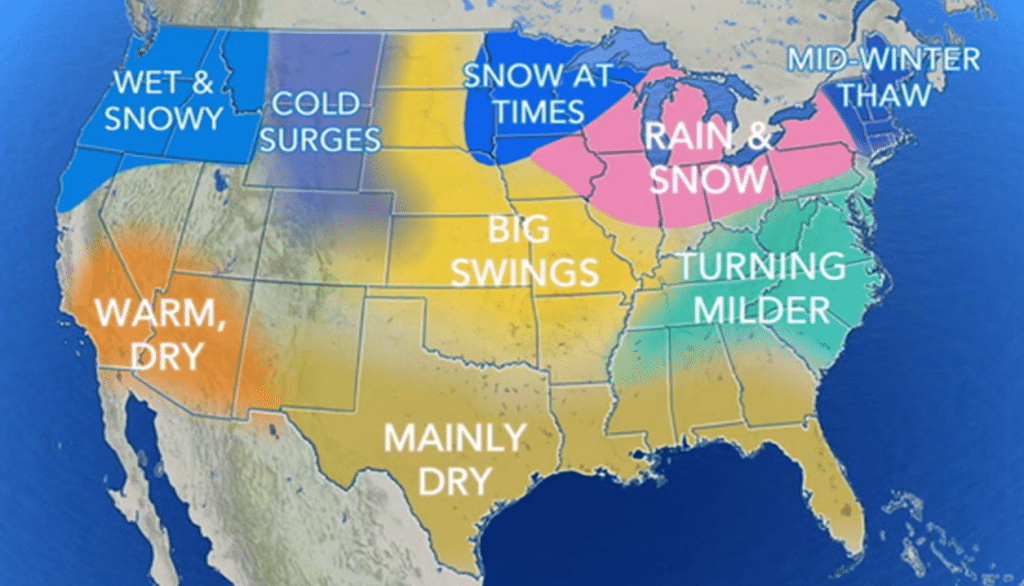
Astronomers and meteorologists closely study the Winter Solstice to gain insights into celestial mechanics and Earth’s climate. Advances in technology have allowed for more precise observations of the solstice, furthering our understanding of the Earth’s axial tilt and orbit around the sun.
This scientific interest goes beyond mere observation, as the solstice provides key data for studying Earth’s climate patterns and environmental changes. By understanding the solstice’s impact on the Earth, scientists can make more accurate predictions about weather patterns and long-term climate trends.
Psychological and Spiritual Aspects of the Solstice

The Winter Solstice holds significant psychological and spiritual implications for many. The extended darkness can affect mood and behavior, leading to a period of introspection and reflection. This time of year is often seen as an opportunity for personal renewal and spiritual awakening.
Different cultures and belief systems attribute various spiritual meanings to the solstice. For some, it is a time to honor ancestral spirits or celebrate the sun’s rebirth. For others, it is a moment to pause and reflect on the past year, setting intentions for the future.
Winter Solstice in Arts and Literature
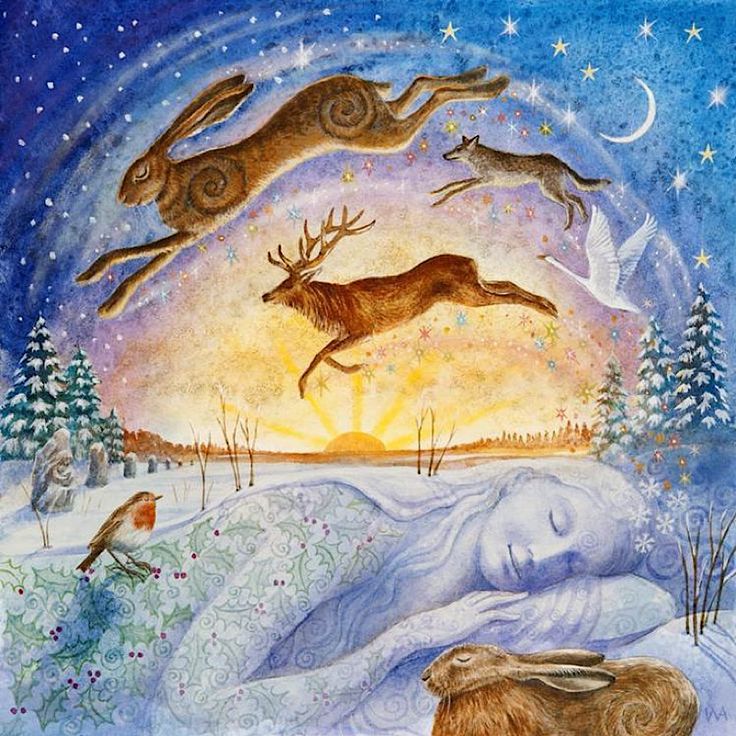
The Winter Solstice has been a source of inspiration in the arts and literature, capturing the imagination of artists and writers alike. It has been portrayed in various art forms, from classical paintings that depict the stark beauty of winter landscapes to music that evokes the serene and contemplative mood of the season. In literature, the solstice has been used as a powerful metaphor for transformation, rebirth, and the enduring cycle of life and death.
Famous literary works often draw on the imagery of the solstice to convey deeper themes of hope, endurance, and renewal. Poets have used the solstice as a backdrop for exploring human emotions and the passage of time, while novelists have woven it into their narratives to highlight key moments of change and revelation. The solstice’s enduring presence in arts and literature underscores its profound impact on the human psyche and its ability to resonate across various forms of creative expression.
The Bottom Line
The Winter Solstice is not just an astronomical event but a tapestry of cultural, spiritual, and natural phenomena that have shaped human history and consciousness. As we celebrate this time of year, we connect with ancient traditions and the natural world’s rhythms. It reminds us of the cyclical nature of life and the ever-present interplay between darkness and light. In embracing the Winter Solstice, we find a moment of pause and reflection, an opportunity to renew our spirits and look forward to the brighter days ahead. This celestial event, rich in symbolism and meaning, continues to captivate and inspire, embodying the wonders and mysteries of our world.
